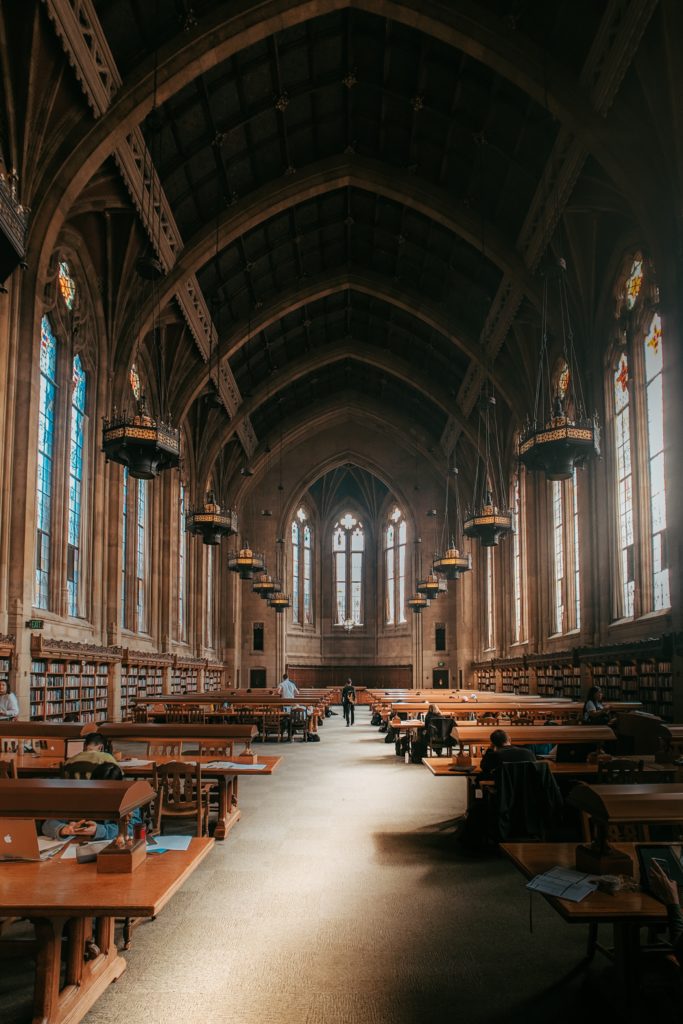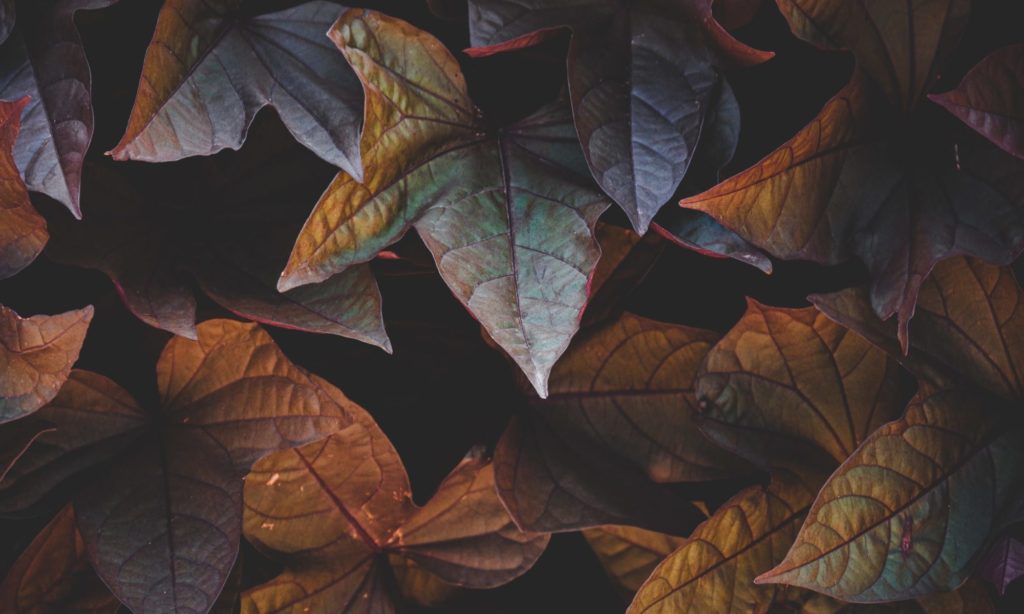
Particularly in these tech-oriented times, the arts, in their traditional definition, seem to have diminished in the general population’s pastimes, as they have been replaced with televisions, technology, sports, and other less “high-brow” leisure activities. More than just existing for their own sake, the arts create beauty, which, whether natural or manmade, can be both a balm for the stressed, anxious mind, and an intellectual and creative stimulant.
Humans have created magnificent expressions of beauty, such as architecture to include places of worship, fine arts, which were also often meant to glorify God, and luxury goods, but beauty can also be found in more common spaces and things. Inexpensive but well-designed living spaces, clothes or other common items are often captured by artists not because they have an intrinsically high value but for their unique qualities, which can transport the viewer into a distinct time and place.
These artists understand the qualities of art that can transform a relatively mundane subject into a (perhaps unconventionally) beautiful one. It is hard to enumerate these qualities, as they vary considerably. In general, they have to do with composition, light, and form.
Some might think that orienting oneself in this way to the beautiful is a distraction or a luxury. I would argue that it is a necessity. It is a way to infuse one’s daily life, which can often feel quotidian or routine, with an element of romance. It is the difference between existing and living. It is an important component of self-care, since it provides, at a minimum, a subconscious message to the heart, mind and soul that, indeed, the world’s ugliness has limits.
It stops at the self, and in oneself starts and continues the true, the good and the beautiful. Whether or not one can extend these elements to the world is secondary to what is gained by incorporating them into one’s own life. The simple act of intentionally seeking beauty can still anxiety and revive a wearily mind.
Look up. Look down. See the light beam fall upon old wood tables with a worn leather backpack draped across a slatted chair, turn your clothbound book, and wonder: why did man create all this? Because we could. Because it’s necessary. And because it’s beautiful.


